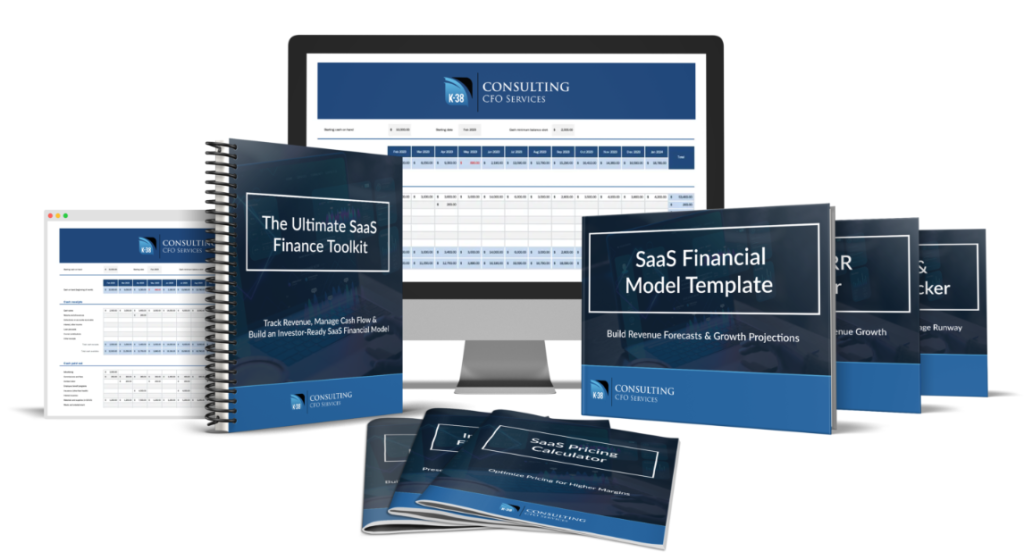
For a SaaS startup, scaling is not only about gaining new users but also about maintaining financial stability and operational efficiency. Many SaaS founders start with a strong product idea but lack a clear understanding of the financial mechanics behind sustainable growth. This is where a well-structured SaaS financial model template becomes invaluable. It provides a detailed, predictable roadmap that guides decision-making and ensures long-term success.
Understanding the Complexity of SaaS Economics
SaaS is a subscription-driven business model, which makes its financial structure very different from traditional businesses. Instead of one-time payments, revenue comes in the form of recurring monthly or annual subscriptions. This means that even small changes in churn rate, retention, or customer acquisition costs can impact long-term profitability.
Without a clear financial plan, founders often:
- Miscalculate future revenue
- Underestimate expenses
- Fail to anticipate cash flow shortages
- Ignore how churn impacts growth
- Struggle to forecast user growth
A SaaS financial model simplifies these complexities by bringing every necessary metric into one structured template.
The Benefits of Using a Structured Template
A high-quality financial template provides numerous benefits, especially for early-stage startups. Some key advantages include:
1. Accurate Revenue Forecasting
SaaS revenue is built around Monthly Recurring Revenue (MRR) and Annual Recurring Revenue (ARR). A good model helps you calculate:
- New subscription revenue
- Expansion revenue
- Contraction revenue
- Churned revenue
By keeping these metrics organized, the template allows you to predict revenue in a realistic and data-driven way.
2. Predicting Customer Churn and Retention
Churn directly affects long-term sustainability. For example, even a 1–2% increase in churn can significantly reduce future revenue. A structured template includes churn forecasting, retention patterns, and cohort analysis, helping founders understand how customer behavior changes over time.
3. Insight Into Financial Health
Startups often underestimate operational expenses such as:
- Development
- Infrastructure
- Customer support
- Marketing
- Hiring new team members
A financial model illustrates how these costs evolve as you scale. This allows founders to avoid overspending and maintain a healthy cash flow.
4. Transparency for Stakeholders and Investors
Investors need clear financial documentation before they commit to funding. A strong model gives them confidence that the founder understands:
- Revenue projections
- Burn rate
- Runway
- Growth assumptions
- Funding requirements
Startups with professional financial models are more likely to receive investment because they present a structured and credible plan.
Why K-38 Consulting, LLC Templates Are More Effective
Many SaaS founders try to build financial models from scratch, only to discover that it is extremely time-consuming and prone to errors. That’s why experts recommend using professionally designed templates like those from K-38 Consulting, LLC. Their templates are built specifically for SaaS businesses and include all key subscription metrics.
What makes their templates stand out:
- Cohort-based revenue projections
- CAC and LTV calculations
- User onboarding and churn modeling
- ARR/MRR forecasting
- Scenario planning
- Cash flow tracking
- Complete operational expense structure
This level of detail ensures founders can make informed decisions without constantly having to adjust or rebuild the model.
Planning for Long-Term Growth
SaaS companies grow in stages—early traction, product-market fit, rapid scaling, and maturity. Each stage requires different financial strategies. A solid financial model helps you adapt your strategies as you grow.
During the early stage, the model helps you identify pricing strategies, customer segments, and acquisition channels.
During the scaling stage, the model helps you understand your burn rate, hiring needs, and marketing expansion.
During the maturity stage, the model helps optimize revenue streams and maximize profitability.
By tracking every important metric, you gain a realistic view of how your business will evolve over time.
Scenario and Sensitivity Analysis
A major advantage of a professional model is the ability to test different business scenarios. For example:
- What if churn increases?
- What if the marketing budget grows by 20%?
- What if subscription prices change?
- What if user growth slows temporarily?
Scenario testing prepares founders for unexpected challenges and helps them create flexible strategies that align with market conditions.
Better Resource Management
A SaaS business requires continuous spending—on software infrastructure, support teams, development, marketing, and more. Without a structured plan, these expenses can quickly spiral out of control. A financial model shows when you should hire, how much you should allocate to marketing, and how much capital you need to operate efficiently.
Conclusion
A SaaS startup’s success depends heavily on financial planning and accurate forecasting. A well-designed SaaS financial model template ensures founders understand their numbers, make informed decisions, and scale efficiently. It provides transparency, clarity, and strategic direction—key elements that every SaaS business needs to thrive.
For professional, accurate, and SaaS-specific templates trusted by founders and investors, K-38 Consulting, LLC is one of the most reliable sources.
